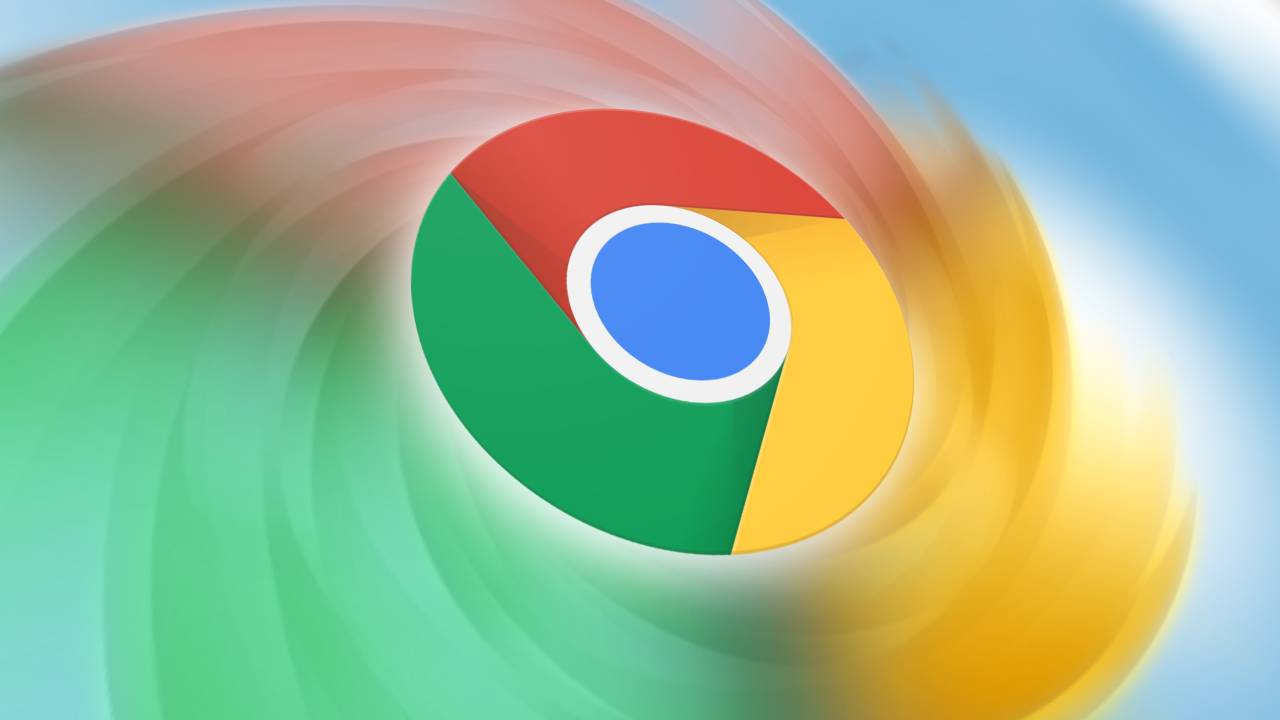WebGPU offers several benefits over traditional graphics APIs, including lower JavaScript workload for the same graphics and faster machine learning model inferences. This is because WebGPU offers first-class support for general computations and has a polished developer experience. In addition, it offers an idiomatic JavaScript API with integration with promises, making it easy for developers to use.
WebGPU was developed by the W3C's "GPU for the Web" Community Group and is now available in Chrome with plans for support in Firefox and Safari. Several widely used WebGL libraries are also implementing WebGPU support. The Dawn and wgpu libraries offer great portability and ergonomic layers, making it easy to use WebGPU across different platforms.
The initial release of WebGPU is available in Chrome 113 on ChromeOS and Windows devices with Vulkan and Direct3D 12 support, as well as on macOS. However, support for Linux, Android, and other platforms is coming soon. This means that developers can start using WebGPU to create high-performance applications that work across multiple platforms.
In conclusion, the launch of WebGPU in Chrome is an exciting development for web developers. With its advanced features and support for general computations, WebGPU has the potential to revolutionize the way we create and interact with web applications. As more platforms add support for WebGPU, we can expect to see even more innovative and visually stunning applications in the future.
Author
-Anurag

 RSS Feed
RSS Feed